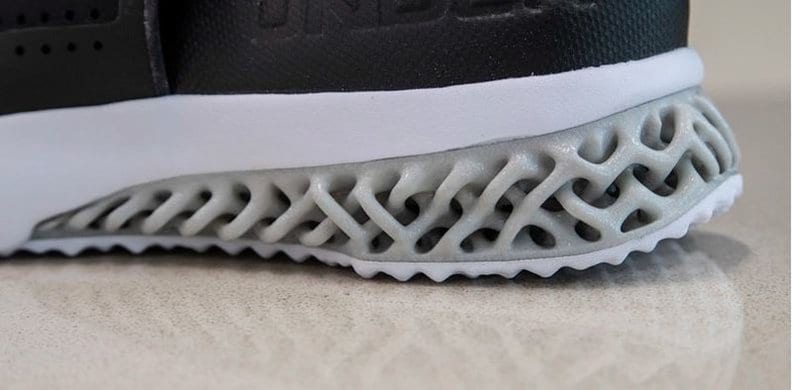In January 2015, Arizona startup Local Motors 3D printed a car live at the North American International Auto Show in Detroit.
A machine the size of a single-car garage, a scrolling arm much like the paper printer on your desk scrolling back and forth, added successive layers of carbon fiber-infused plastic to build the vehicle up micron by micron. The vehicle, called the Strati with a top speed of 25 miles per hour, took 44 hours to print. An electric battery, motor, suspension and wheels were added to complete it. It was an engineering marvel. Futurists at the time projected homes, cars, televisions and nearly another other durable product could be manufactured in this new, innovative form—additive manufacturing.
The industry is expected to disrupt several manufacturing mainstays—polymers, casting and traditional machining. Those industries total nearly $400 billion in annual revenues and Fletcher believes additive manufacturing can carve out 20 percent of those markets. That leaves companies like EOS with tremendous room to grow.
<snip>
“I see no signs of it slowing down,” Fletcher said. “We’re planning for a 10-times gain, not 10 percent. To some extent, we’re getting a bit ahead of the game, but we’re putting in the production capabilities to allow us to scale.”
But like most shiny new inventions, the hype has subsided and four years later, 3D printed cars aren’t much closer to mass production. Yet the industry is blossoming as it’s moved […]
Case Study: How PepsiCo achieved 96% cost savings on tooling with 3D Printing Technology
Above: PepsiCo food, snack, and beverage product line-up/Source: PepsiCo PepsiCo turned to tooling with 3D printing...




0 Comments